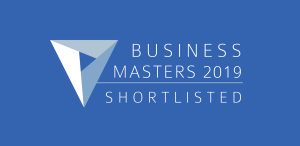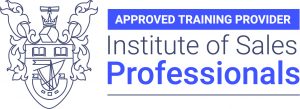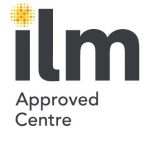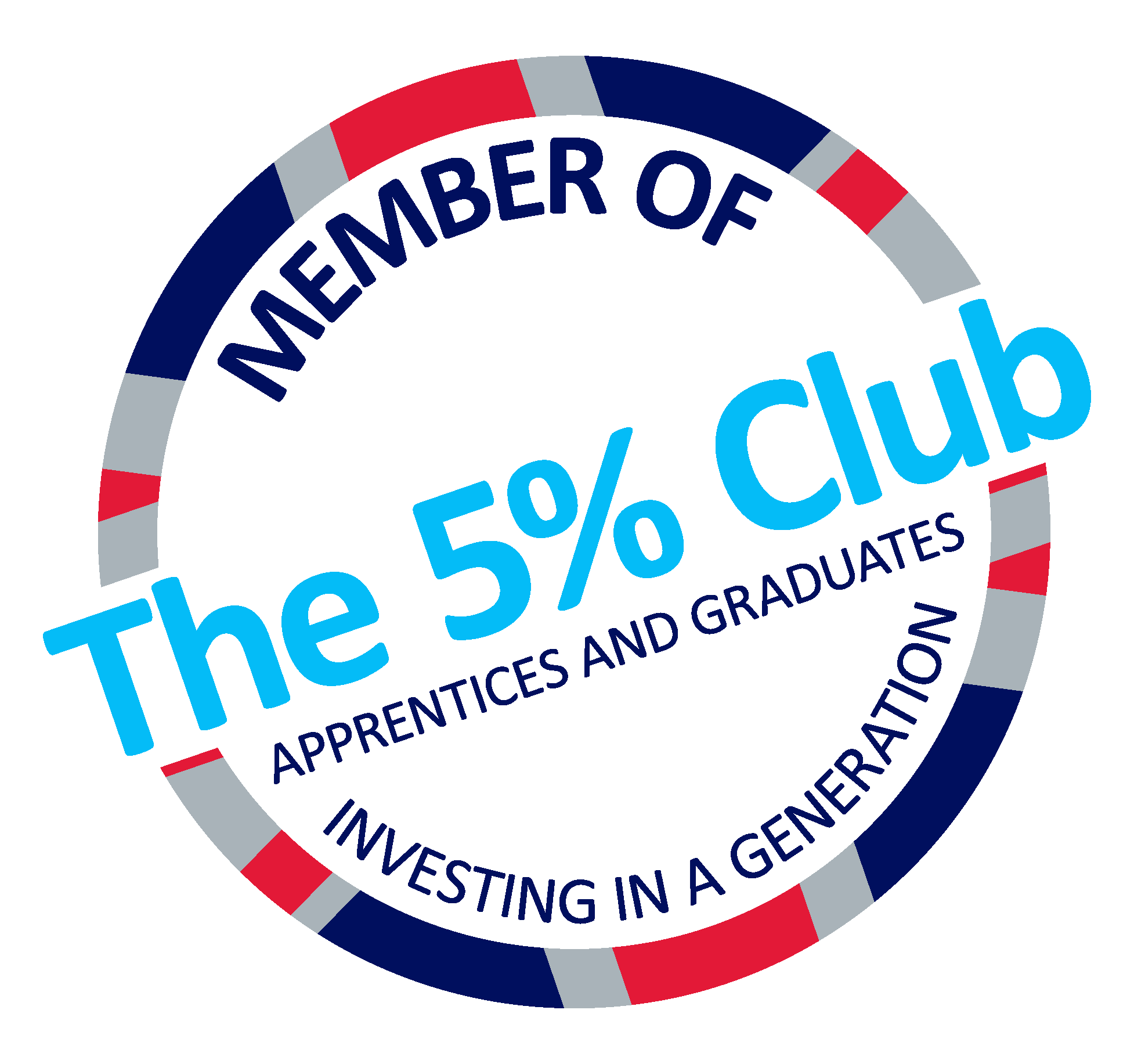So you want to start building your future talent pipeline, but where do you begin? Identifying your future leaders needs to begin at the earliest stage possible; when you’re recruiting. In this post I will share with you some of the tools and techniques that we use to spot great potential quickly.
My ‘3 B’s’ summarise the three main areas we explore when identifying your leaders of the future.
Biographical – start by looking at past experience. This isn’t a case of simply scanning CVs for the benchmark requirements, but looking a little deeper for specific examples where the individual has shown leadership abilities. Can you find examples of where the candidate has stepped up and put themselves in a position of responsibility? Have they been accountable for something and how did they manage this? If you decide to interview them, ask them to expand on these things that you have pinpointed. Prompt them to talk about how they dealt with the responsibility and how they solved problems and made decisions. The way they articulate this and the ways in which they tackled problems and made decisions will give you great insight into how they approach situations and how they are likely to perform in the workplace.
Biological – some people are natural leaders. We all know someone who is right at home when in a position of responsibility and it is crucial for hiring managers to identify the makeup of individuals who have those key leadership traits. You may be thinking ‘how do I do that with just a CV and a short telephone conversation?’ Discovery Graduates profiling tool of choice Parallax, is what we use to identify these core behaviours. This unique profiling tool seeks to uncover not just a person’s behaviours, but how frequently they exhibit that behaviour, revealing their most dominant ways of acting in situations. This is invaluable information that provides accurate insight into a candidate’s likelihood of being a strong future leader. If you wish to find out more about Parallax, click here.
Based on evidence – now it’s time find out if the things you have learnt about your graduates are actually true! From role playing to team activities and competency based interviews to the delivery of presentations, we use a combination of tools throughout the assessment process to provide concrete evidence of the graduates’ skills and behaviours. Team activities will highlight natural leaders who are happy to put themselves forward on the spot and equally, giving presentations will exhibit leadership skills in other ways. Some will be comfortable managing a group; others will put themselves forward to lead a certain aspect of the activity. We then compare this against what you require for the role in question, and, if necessary, consider what development plans you can put in place to ensure all leadership qualities are fully developed.
Do remember that you are looking for future leaders – they are not the finished article yet, but the more leadership skills they exhibit now, the more confident you can be that they will be motivated to progress into roles of responsibility.
I hope I have given you some useful insight into the tools we use to spot great future leaders. If you would like to have a chat with me about any of the above, or anything to do with graduate recruitment and development, please do get in touch.













